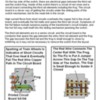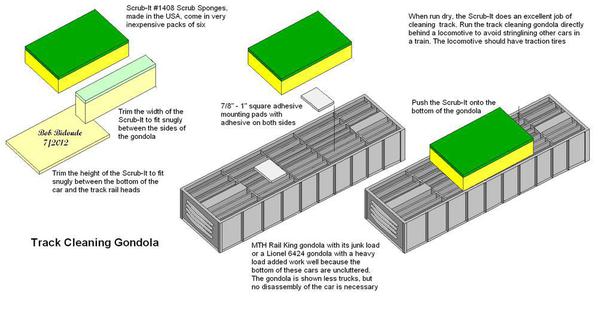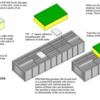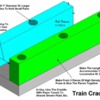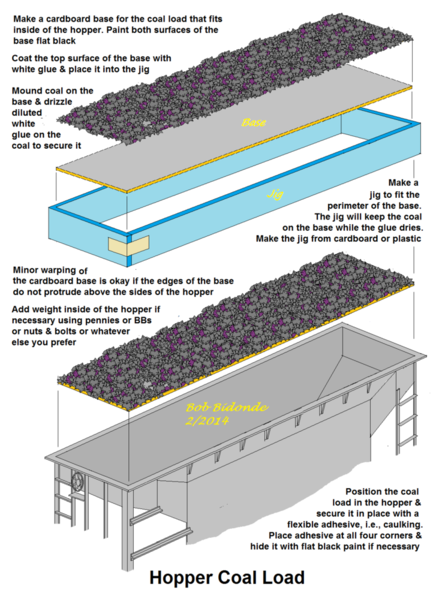post 4:
Chuffing stopped/fixed:
I was enjoying some reading with the pleasant background of a GN M-2 chuffing along when all of a sudden there was silence 
I did all the usual stuff (even read through the manual!).
Logged onto OGR and advanced searched 'no chuff' under TMCC threads.
Tried all those suggestions, nada, but still knowledgeable and good info.
Reload, reset, move chuff switch, shake real hard (no, not that!), etc
Initially, I thought the chuff was electronically controlled.
I put her on her back and started rooting around:
Found a plate on the front set of drivers, removed it and voila, two cams (one for 2 chuffs and one for 4 chuffs).
Hooked up the ZW and TMCC to the wheels and started her up.
Some contacts inside are moving against the cams, that's good: must be something else.
Remove two engines from boiler and the two green/blue wires going to the cam mechanism are no longer attached: MMM, looks like a possible problem !
The original wires were pretty short to I added about a 3" long extension to them. Got some 22 gauge, multi strand wire, some heat shrink tubing and reconnected everything using electrical solder.
Tried her again and "all's right in the world again' 
The original wires have a stiff insulation on them and I think that caused them to break. I used some very flexible wires (got them from my RC plane stuff). I also had the engines removed from the boiler, previously, to check out the smoke system so that also may have weakened them. Obviously, this break is most applicable to articulated engines since the front engine is always rotating on curves.
I did not worry about which way the wires were originally connected as I figured it's like a light bulb (either way works).
Also, it appears the cam system feeds the cruise control because the engine would slow down on the far side of the loop when not chuffing but works OK when the chuffing is operating.
Oh, and don't be an idiot, like me and use a red wire: best to use black,green,brown: something that is less visible.
One more item: there is a short piece of wire wrapped around the wires going to the cam and head light. It is held in place, by friction, under the two valve mount brackets, so one bracket's screws need to be loosened to easily solder up all the wires.











